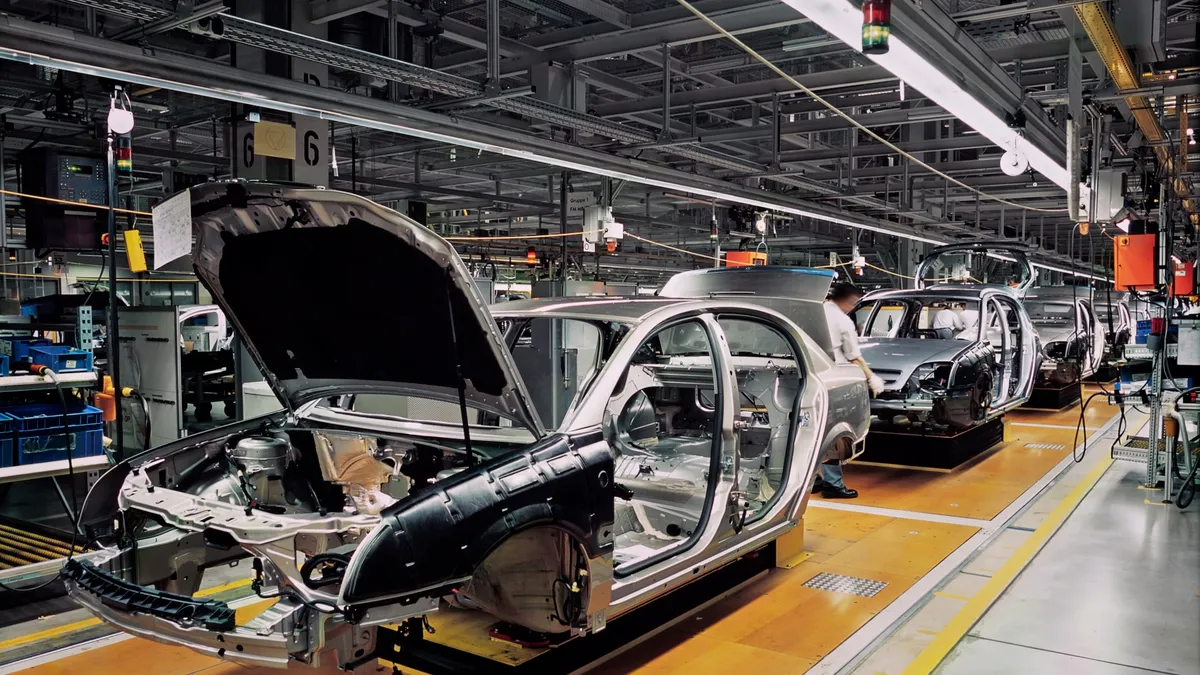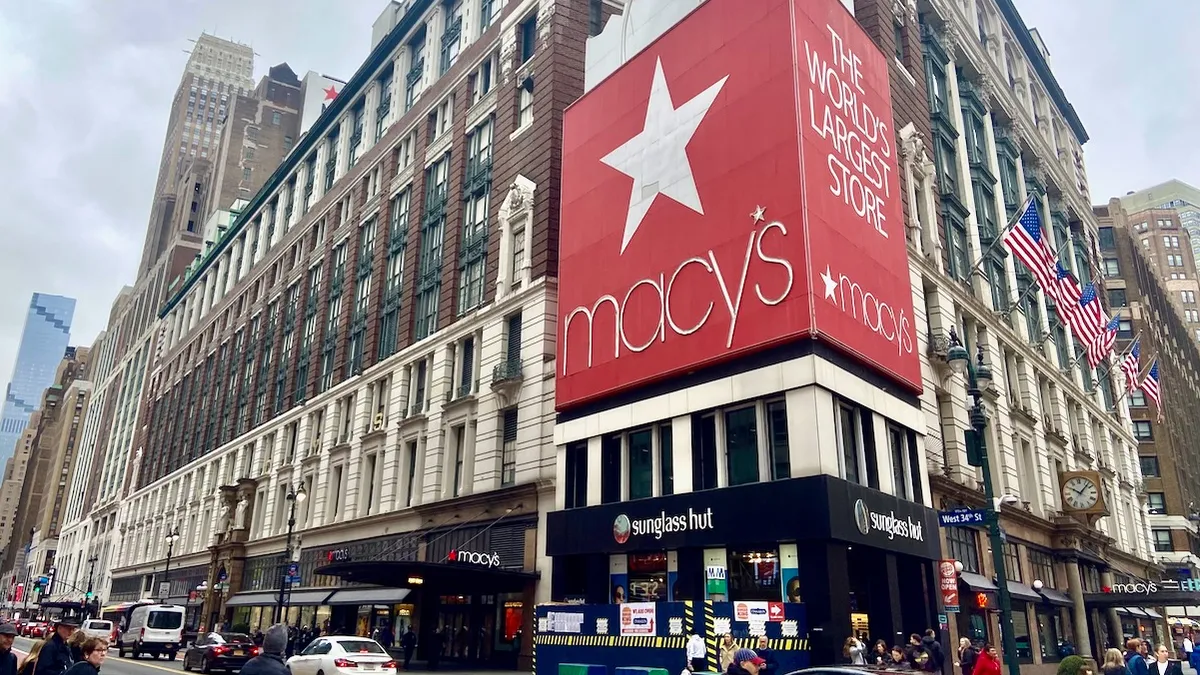Correction: A previous version of this article misidentified Seth Page's job title.
Editor's Note: The following is a guest post written by Seth Page, VP of Channels, Progress.
Identical twins don’t always look the same with age. But if they lead the same lifestyles, they’ll likely look similar as the years go on. And as it so happens, the same can be said about machines.
Today manufacturers use a concept called Digital Twins, which pairs machines with a digital double to mimic their actions. The twins experience the same working conditions and depletion, and IoT sensors collect near real-time data to aid manufacturers in understanding the health of factory equipment on the ground. The monitoring goes right down to the molecular level, to maintain the machines without a hitch.
Digital Twins are already being introduced by the world’s biggest manufacturers. But what are the three hottest applications, and how could they help machines ‘never break’?
Knowing when a problem will arise
Before factories even open, every machine involved in a particular process can be created as a Digital Twin. The computerized doppleganger allows manufacturers in a range of industries to model and thus optimize their machines to enhance safety, efficiency and profit - overall, pushing equipment failures by the wayside. The Digital Twin is the test subject, so the other may accel.
One of the world’s biggest steelmakers, POSCO, has recognized the benefits.The company is using Digital Twins technology to simulate its complex manufacturing operations, enabling it to catch issues before they happen, even before processes or equipment hit the factory floor.
"We expect to decrease the number of field tests and field trial periods with our virtual commissioning system and virtual training system, as we can pretest systems and equipment virtually before deploying them in the field for real,” said Senior Researcher at POSCO Engineering Solution Center Yongsoo Kim in a statement announcing their use of the platform.
On top of limiting the amount of tests, companies that know when problems with equipment might surface can better plan for big purchases down the road, and effectively avoid costly downtime (the global process industry loses up to $20 billion annually because of it). That leads to our next point.
Maximize production efficiency, yield and time
If one puts their Digital Twin through the same conditions as a real asset, they can accurately predict when something might fail. It’s what we call analytics-based maintenance. So instead of waiting for an airplane to breakdown at the gate, a Digital Twin can alert a manufacturer before it even happens — that way, no antsy passengers get their flights delayed or cancelled.
Just look to what GE is doing. It has an incredible 30,000 Digital Twins of jet engines, enabling them to understand when the engines may need to be fixed, right down to the specific part.
“Every time an aircraft takes off, we get data on ambient temperature, dust conditions, corrosive environment, weather conditions. We know the manufacturing data, the flaws in the part, its thickness. We know how it is being operated. So we know how it will accumulate damage,” said general manager of statistical performance and analytics for service engineering at GE aviation Mohamed Ali to Aviation Week.
“We develop expert-based criteria that tell us this amount of damage will exceed the limit. So we tell the customer to go look at the engine, and they will find damage that is at or close to the limit,” he said, adding they’ve had several successful cases.
Not only does this increase safety, but it also saves a good amount of money — it costs about 50% more to fix an asset once it’s broken down than it would have to fix before a complete failure. All in all, Digital Twins truly push forward the predictive maintenance agenda. The technology enables manufacturers to discover when a technology on the ground will break, so they may fix it beforehand and avoid downtime — something that can cost upwards of $10,000 an hour. Ouch.
How to get the best out of a physical object
Of course, Digital Twins aren’t just implemented to detect equipment issues. The concept can also be used to aid in their construction. Again, we can look to GE as an example. The company has introduced a “digital wind farm,” which is used to design and build the most efficient wind turbines for real-life use.
“There is a lot of physics built into it. We get a picture that feels real, just like driving a car in a new video game,” said chief digital officer at GE Power Ganesh Bell.
How so? Well, engineers can try out about 20 turbine configurations to ensure an outstanding turbine is constructed, and once it is, each virtual turbine is fed data from its physical equivalent to improve the product. For example, the software can adjust the torque of the generator and the speed of the blade, among other things, to really optimize power production. In fact, the company hopes to see a 20% gain in energy produced.
So while Digital Twins are a relatively new concept they’re already taking some of the largest manufacturers by storm, enabling them to not only predict equipment failures, but build more optimal machines in the first place. Now that’s impressive. Times two.
Seth Page is a cognitive computing veteran and Industrial IoT pioneer based in Washington DC. He is VP of Channels, Progress.






















